Biohazard Spill Management: Ensuring Safety First

In laboratories, healthcare facilities, and various industrial settings, working with biohazardous materials is a necessary part of scientific research and healthcare delivery. However, the potential risks associated with these materials cannot be understated. Accidental spills can pose significant health and environmental hazards if not handled promptly and correctly. This is where biohazardous spill procedures come into play – a set of crucial protocols designed to ensure the safety of individuals and the surrounding environment in the event of a spill. In this article, we will explore the importance of biohazardous spill procedures, their key components, and the steps to take to effectively manage and mitigate biohazardous spills.
Containing Biological Spills
Whether you are a lab technician, a healthcare professional, or simply someone interested in understanding how to respond to biohazardous spills safely, this information is essential for safeguarding health and safety.
Prepare Spill Kits
Keep spill kits readily available in areas where biohazardous materials are handled. These kits should contain spill control items and personal protective gear in one place, customized for each work area's specific needs and the hazardous materials involved. Store these kits in easily accessible locations, ensuring that individuals know their whereabouts and how to use the contained spill response materials.
A basic biological spill kit contains:
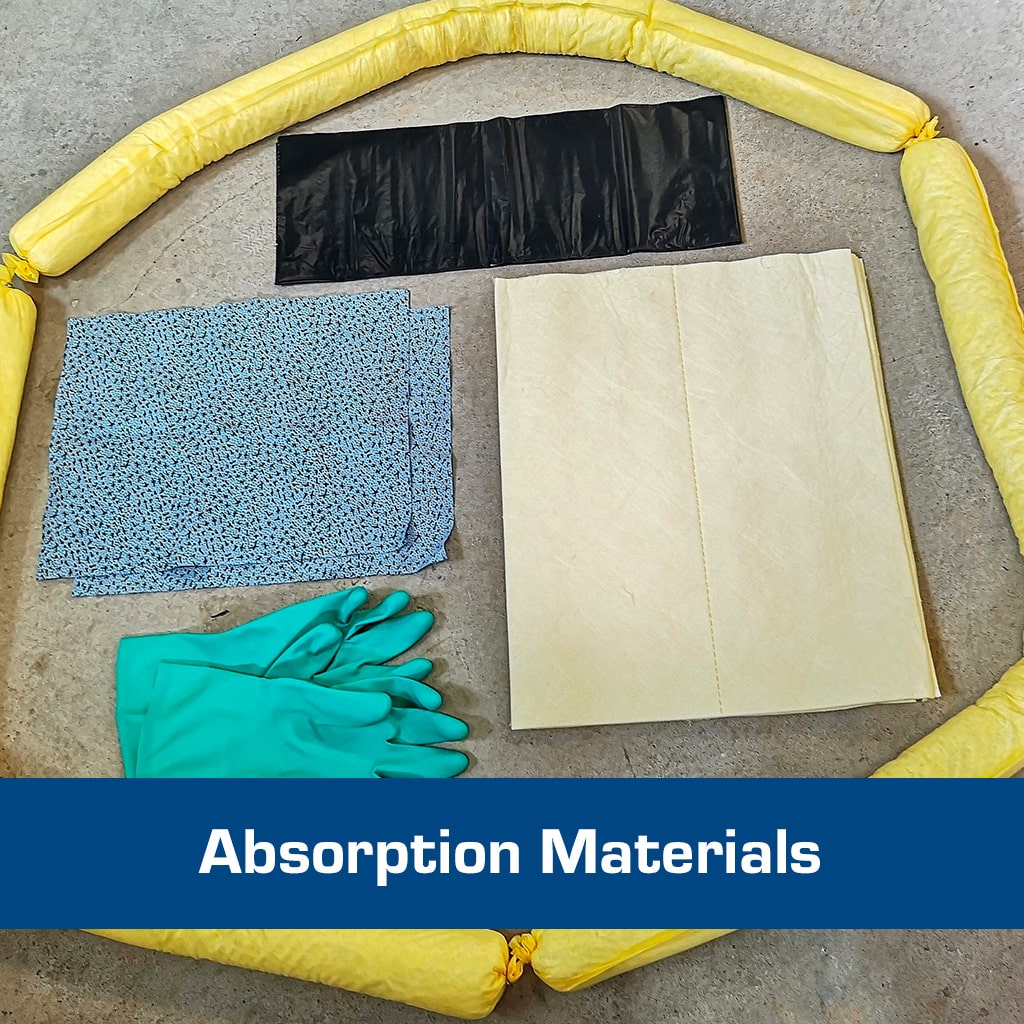
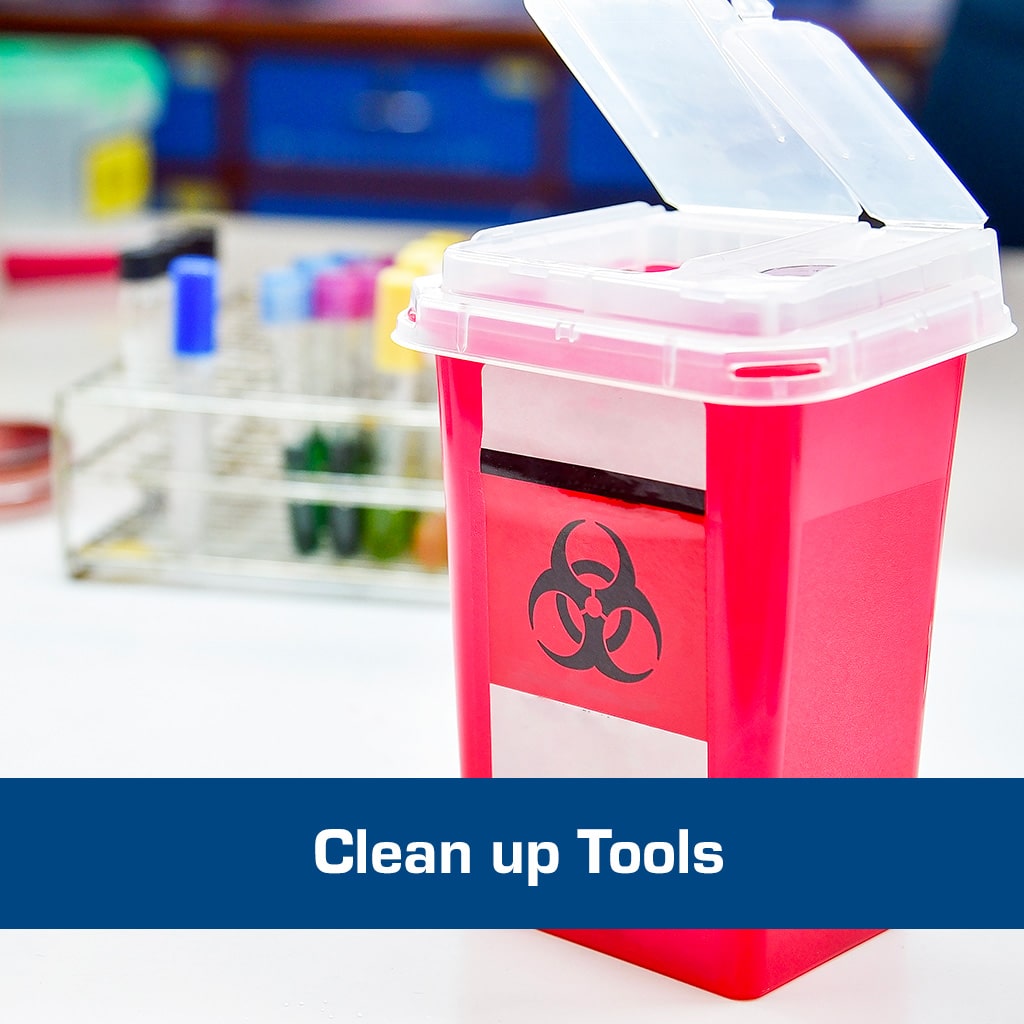
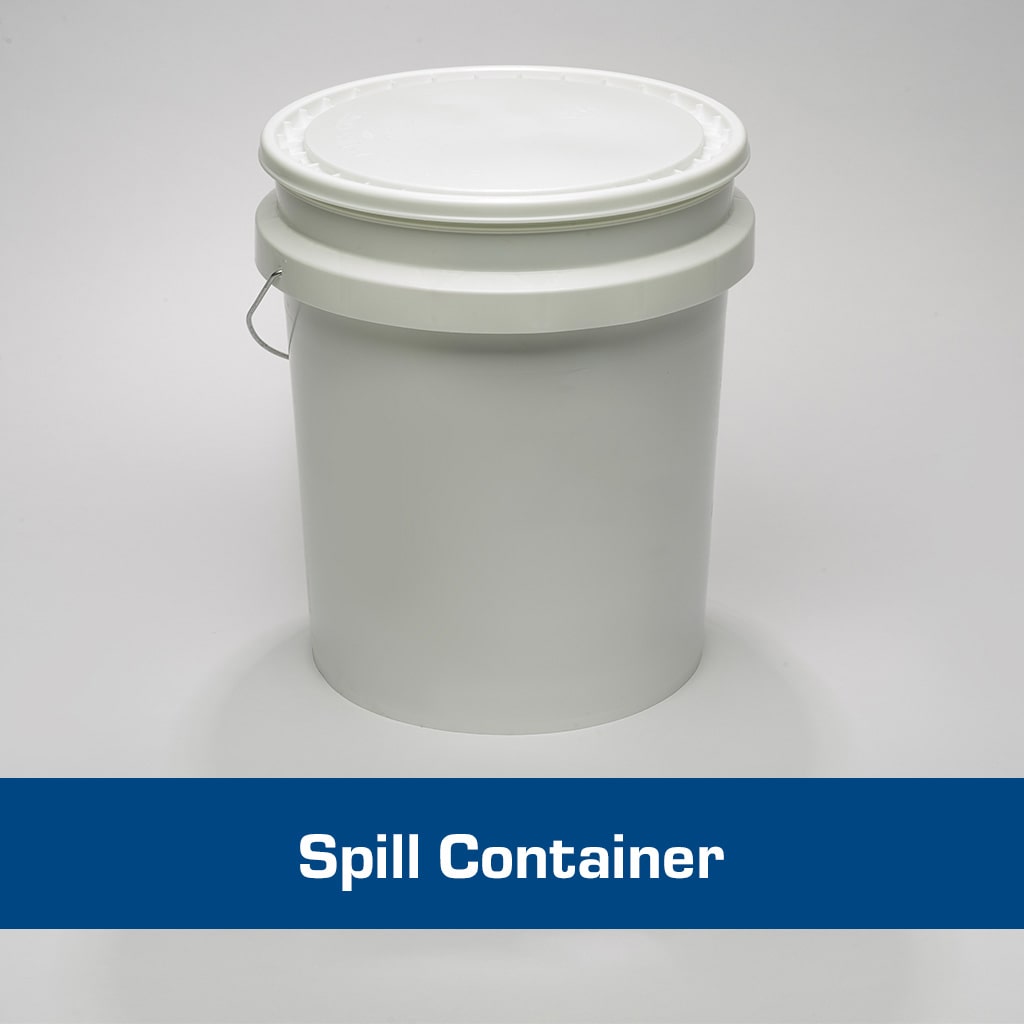
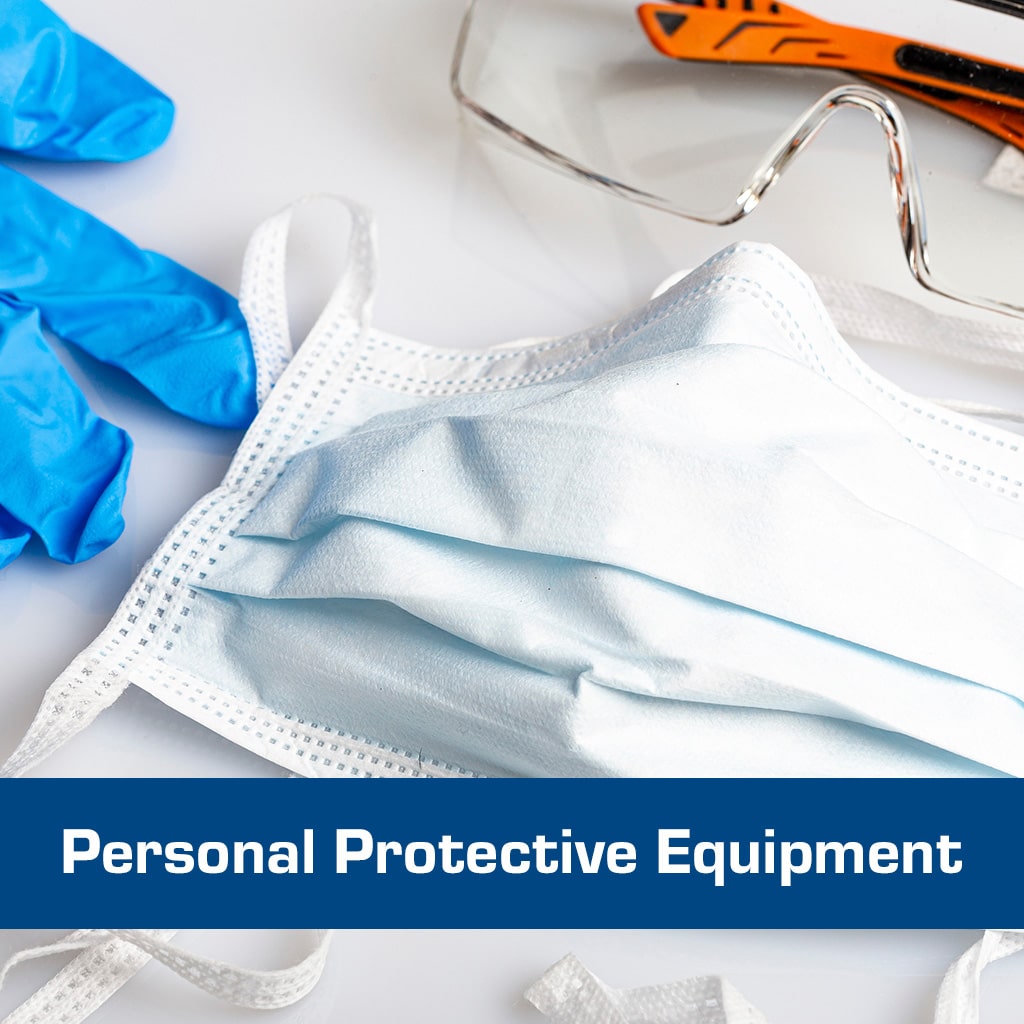
- Container – 5-gallon plastic bucket to hold the supplies
- PPE:
- At least two pairs of splash goggles
- At least two pairs of Nitrile gloves
- At least two pairs of shoe covers
- At least two disposable lab coats, aprons, or coveralls
- Absorption Materials
- paper towels
- spill pads and socks
- pillows
- absorbents
- Clean up Tools and Materials
- At least 3 red biohazard waste bags
- Hazardous waste labels
- Forceps or Tongs for picking up sharps
- Concentrated bleach and empty bottle
- Sharps containers
- Broom and Dustpan
Note: Choose disposable materials whenever feasible, as cleanup tools that come into contact with contaminants are categorized as biohazardous waste.
Perform Risk Assessment
Risk assessment for biological spills is a critical step in managing potential hazards associated with such incidents. Here's a general framework for conducting a risk assessment for biological spills:
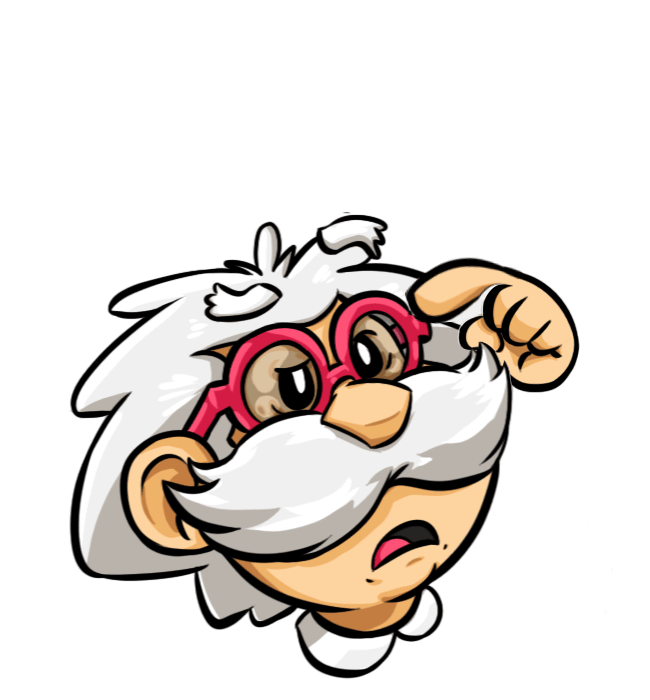
- Identify Hazards: List the biological agents involved, such as viruses, bacteria, toxins, or hazardous materials.
- Identify Vulnerable Populations: Identify individuals or groups at risk, including workers, first responders, and the public
- Assess Exposure Routes: Identify how people could come into contact with the spilled biological agents (e.g., inhalation, ingestion, direct contact).
- Evaluate the potential for exposure during cleanup and containment efforts.
- Determine Consequences: Assess the potential health consequences of exposure, including the severity of illness, long-term effects, and fatalities.
- Consider environmental impacts, such as contamination of water sources or ecosystems.
- Evaluate Likelihood: Assess the likelihood of a spill occurring, taking into account factors like the frequency of handling hazardous materials, the effectiveness of containment measures, and human error.
Comprehensive Guidelines for Handling Biological Spills
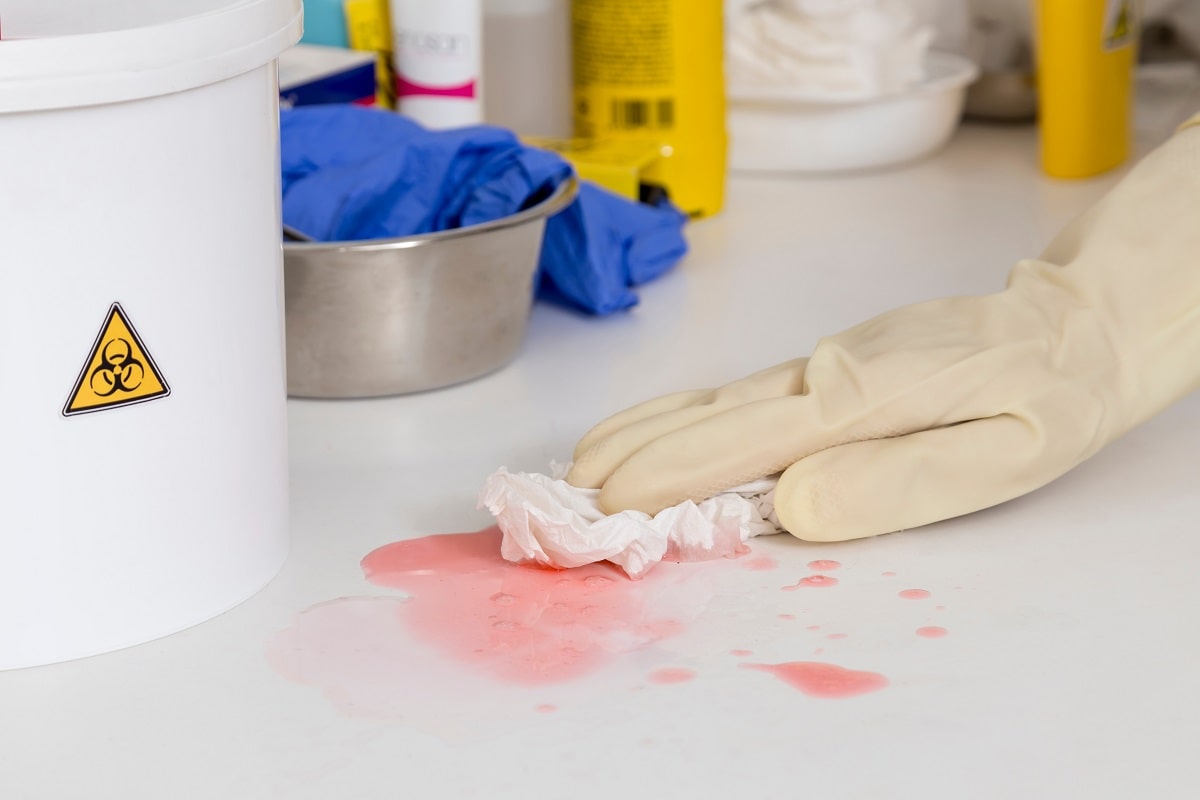
These guidelines serve as a vital roadmap, offering step-by-step instructions on how to respond swiftly, efficiently, and safely when dealing with biological spills. They encompass a range of critical aspects, from prevention and containment to proper disposal and risk assessment.
Guide for All Biological Spills
- Before and after the cleanup process, ensure you wash your hands and face thoroughly using soap and water.
- Prior to commencing the cleanup, don a new set of disposable gloves, a laboratory coat, and protective goggles.
- A freshly prepared 10% household bleach solution is often utilized as a disinfectant. Allow it to remain in contact with the affected area for 20-30 minutes. However, always adhere to the recommended disinfectant and contact time specified for the specific material you are handling.
- Properly dispose of all cleanup materials as biohazardous waste by placing them in the designated red Rubbermaid containers.
- Any spill incidents must be promptly reported to your supervisor.
Guide for Blood Spills

When dealing with blood or similar materials containing a high organic content and a low concentration of infectious microorganisms, follow these steps:
- Put on gloves, eye protection, and a lab coat.
- Use paper towels to absorb the blood and dispose of it in a biohazard bag. Employ forceps or another mechanical tool to handle sharp objects, placing them in a sharp’s container.
- Clean the spill area, removing all visible blood, using a detergent solution.
- Spray the spill area with a 10% household bleach solution and let it air-dry for 15 minutes
- After the 15-minute contact period, wipe down the area with paper towels soaked in disinfectant.
- Dispose of all disposable materials used for decontamination and any contaminated personal protective equipment in a biohazard bag.
- Finally, wash your hands thoroughly.
Guide for Spills inside a Biological Safety Cabinet (BSC)
- Keep the BSC operational throughout the cleanup process and for at least an additional 10 minutes once you've finished.
- Follow the above general instructions.
- Store cleanup materials within Biological Safety Cabinets (BSCs) to prevent aerosol dispersion when reaching outside the cabinet.
- Handle the cleanup task with utmost care and precision, ensuring no further spread of the spill and avoiding any disruption to the airflow at the front of the BSC.
- Utilize a clean cloth and a disinfectant solution for cleaning interior surfaces. Follow up with 70% ethanol to eliminate any potentially corrosive residues within the BSC.
- For spills with moderate to high-risk levels, saturate catch basins (trays beneath the work surface) with disinfectant and proceed with wiping up the spill.
Guide for Spills outside a Biological Safety Cabinet (BSC)
Spills outside a biological safety cabinet (BSC) create more hazardous situations because they produce aerosols. How we clean up the spill and the level of safety precautions needed depend on the biohazard risk group of the spilled organism.
BSL 1 Containment:
- Soak paper towels in disinfectant and position them over the spill area (avoid spraying disinfectant to prevent aerosol formation).
- Use forceps to collect any shattered glass and deposit it into a sharp’s container.
- Proceed with the cleanup using disposable towels or absorbent pads (utilize forceps if there are sharp objects).
- Conduct a second round of disinfection/cleaning in the area.
BSL 2 Containment:
- Inform individuals present in the spill area of the situation.
- If a biological safety cabinet or fume hood is available in the room, leave it operational and exit the room immediately. Ensure the door is securely closed and locked.
- Restrict access to the area by putting up "Biohazard" and "Do Not Enter" signs on the door to prevent the spread of contaminants.
- Notify your supervisor and the Biosafety Section.
- Remove all contaminated clothing and decontaminate them, including autoclaving if necessary. If required, utilize an emergency shower located nearby.
- Allow a minimum of 30 minutes for droplets to settle and aerosols to dissipate before re-entering the area.
- Don protective gear, including a long-sleeved lab coat, disposable gloves, safety goggles, a face shield, and disposable shoe covers if necessary.
- Isolate the spill area and any equipment that may have been exposed to splashes during the incident.
- Apply absorbent material to prevent further spreading.
- Slowly pour disinfectant around the edges of the spill.
- Cover the spill with paper towels soaked in disinfectant, ensuring they remain in contact for the appropriate duration.
- Begin cleaning from the outer edges and work inward.
- Re-clean the area and equipment with disinfectant, allowing 20-30 minutes for proper contact time.
- If needed, wipe down the area and equipment with 70% ethanol to remove any potentially corrosive residue.
Guide for Spills inside a Centrifuge
- Ensure you have a fully stocked biological spill kit ready for use before commencing cleanup.
- Evacuate all personnel from the area. Wait for 30 minutes to allow any aerosols to settle before initiating the spill cleanup.
- During the cleanup process, wear a lab coat, safety goggles, the appropriate respiratory protection, and gloves.
- Take out the rotors and buckets and transfer them to the nearest biological safety cabinet. These components will also require thorough decontamination.
- Complete a comprehensive disinfection of the interior of the centrifuge.
- After disinfection, remove any contaminated debris, place it into the appropriate biohazardous waste containers, and autoclave it before disposal.
Conclusion
The effective containment and management of biological spills requires a combination of proactive prevention, quick and coordinated response, and adherence to safety protocols and regulations. By implementing these measures, the potential for harm to both human health and the environment can be minimized, and the risks associated with biological spills can be effectively managed.
Commitment to Safety
Aside from providing guidelines, Esco Lifesciences consistently invests in cutting-edge technology and rigorous quality control to develop laboratory equipment, clean air and containment solutions, and bioprocessing systems that adhere to the highest safety standards. Their innovative designs not only enhance the efficiency and reliability of scientific work but also mitigate potential risks associated with the handling of hazardous materials and biological substances.
Furthermore, Esco Lifesciences demonstrates its commitment to safety through comprehensive training programs, educating users on the proper use of their products and best practices in maintenance and calibration. This proactive approach not only safeguards individuals but also helps protect the integrity of experiments and research outcomes.
In addition, their dedication extends to the development of sustainable, eco-friendly solutions that minimize the environmental impact of life sciences activities. Esco Lifesciences actively seeks to reduce the carbon footprint and enhance sustainability while maintaining the highest safety standards.
References:
University of Toronto Environmental Health and Safety. (n.d.). Biological Spills. https://ehs.utoronto.ca/our-services/biosafety/biological-spills/
University of Pittsburgh Environmental Health and Safety. (n.d.). Biological Spills. https://www.ehs.pitt.edu/biological-spill#:~:text=Minor%20Biological%20Spills,-Alert%20people%20in&text=Remove%20and%20disinfect%20any%20material,equipment%20for%20the%20cleanup%20operation.
Read more here: Optimizing Safety for BSCs, Guide to a Safe Installation and Maintenance of Laboratory Centrifuge